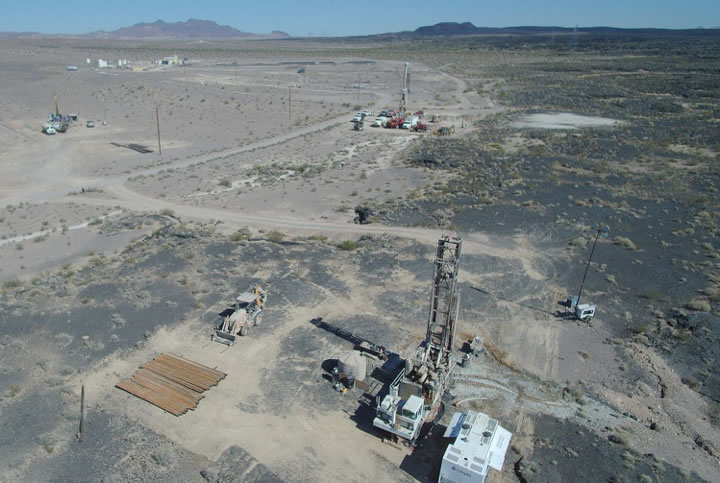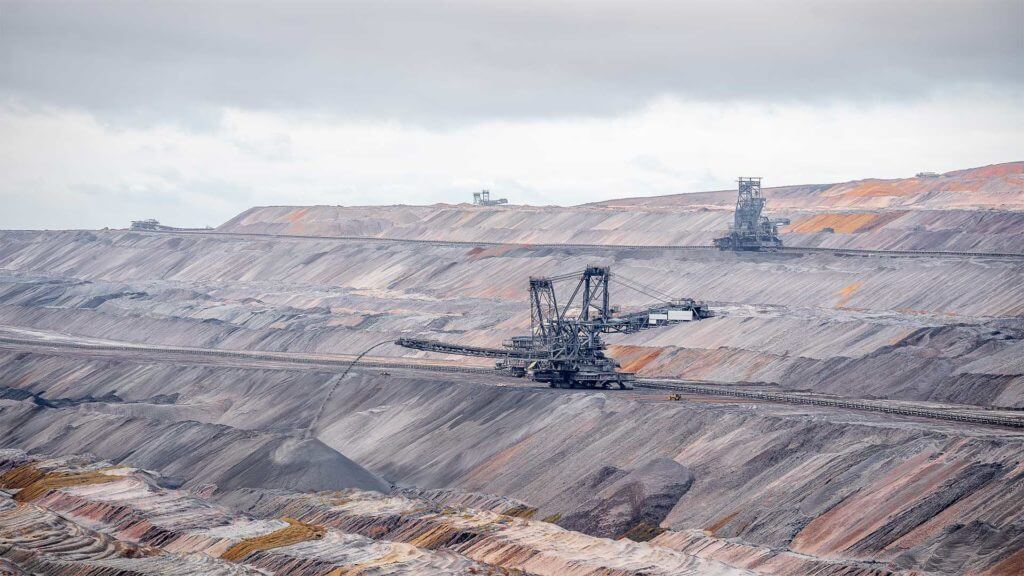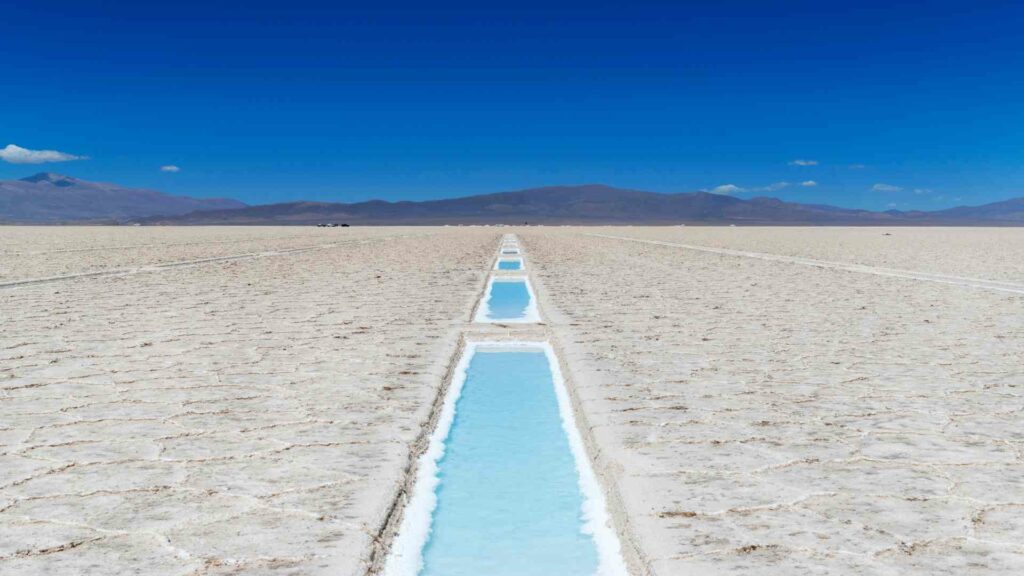
Everything You Need To Know About Borate and Boron Mining
It was named for the mineral borax, thought to come from the Persian name burah for that mineral. There are over 200 minerals that contain boron, but only a few such as colemanite and borax are commercially important.
How Long Has Boron Been Traded?
Borax was first extracted from dry lake beds in Persia and Tibet and traded to Arabia and India over a thousand years ago.
Where is Boron Mined?
Today 75% of all borax production occurs in either the U.S. or Turkey. It is used to making glass, ceramics, and enamels, including fiberglass for insulation.
History of Boron Ore Mining
The mining of boron ore has a long and fascinating history. The earliest known production dates back to 1878 when the United States Geological Survey found high-grade deposits in California’s Death Valley region.
It was not until 1906 that commercial mining began; however, it did not last for more than three years due to heavy competition from nearby mines at Trona Pinnacles and Searles Lake as well as financial difficulties during World War I which caused its closure shortly after 1916.
In 1926 another attempt had been made by Vanadium Corporation with little success because regulations required an expensive treatment process before export could take place.
How Boron’s Benefits Became Appreciated
At the beginning of boron mining, it was discovered that in large quantities, Borax would cause a person to go into shock. It also caused severe irritation and dry skin among those who used this product on their clothes or other items to whiten them. This led many people at first not to be receptive because they were so concerned with how harsh these compounds could be for one’s health.
This discovery changed everything though as scientists took notice of its properties such as detergent building agents which are very useful nowadays due to more environmentally friendly products becoming available over time whose effect is less harmful than common bleach chemical treatments.
Where Is Boron Mined
The largest global borax deposits known, many still untapped, are in Turkey. Global proven boron mineral mining reserves exceed one billion metric tonnes; these make up approximately 90% of the yearly production which is about four million tons.
The minerals colemanite and rasorite (kernite) provide for most of this while being mined primarily from Turkey’s provinces Eskişehir Kütahya and Balıkesir respectively with a small amount coming out of California even though it only constitutes 3%.
Borate deposits are associated with volcanic activity and arid climates, with the largest borate deposits located in three locales: the Mojave Desert of the United States, the Tethyan belt in southern Asia, and the Andean belt of South America. As a result, most borates are extracted primarily in California and Turkey and, to a lesser extent, in Argentina, Bolivia, Chile, China, and Peru.
It’s compounds and minerals are produced by surface and underground mining and from brine. The United States holds nearly one-fifth of the world resources of boron and is a net exporter. U.S. Borax operates California’s largest open-pit mine in Boron, California one of the richest borate deposits on the planet. There are also promising operations scaling up in Fort Cady, California operated by American Pacific Borates.
While it is present everywhere in the environment, substantial deposits of borates are relatively rare. They supply nearly half the world’s demand for refined borates, minerals essential to life, and modern living.
How Boron is Mined
Several steps are ended to extract Boron for commercial purposes.
Mining
Drilling and Blasting
Shoveling and Hauling
Refining
– Dissolving
Crushed ore is mixed with hot liquor a combination of borates and water. The borates dissolve in the water. Insoluble rocks, sand, and other solids are removed using screens.
– Settling
The saturated borate solution is pumped into large settling tanks, called thickeners. Heavier clay settles to the bottom of the tank, leaving the liquor on top.
– Crystallizing
The liquor is transported to tanks, called crystallizers, to be cooled. The drop in temperature forces the borates to crystallize, forming a slurry of borate crystals and water.
– Filtering
The slurry is poured over special fabric filters and washed to ensure purity. Water is drawn away by a vacuum beneath the filter.
– Drying
Damp borate crystals are then transferred to huge rotating dryers that use hot air to finish the crystal drying process.
– Conveying
Dry borates drop onto a conveyor belt to be transported for storage or packaging and shipping.
Impact Of Boron on The Environment
The impact of it in mining on the environment has been a hotly debated issue in recent years.
It enters the environment through natural and human-made processes. Natural weathering of soils and rocks can release it into the air, water, or soil. Manufacturing plants that use boron (like glass manufacturing and coal-burning power plants) also release it.
Once it is in the environment, it does not break down. Rather, the element changes form or attaches to or separate from the soil, sediment, and water particles.
It is an essential nutrient for aquatic life and terrestrial plants, but at high concentrations, it can have toxic effects. Concentrations of boron observed in Minnesota’s surface waters are typically lower than the level that would harm aquatic life.
The Growing Importance of Boron
This industry is a huge global enterprise, with important implications for our planet’s ecosystems and climate change. To tap into this resource-rich market, many countries have started their domestic production such as China who currently control over 60% of world reserves and use it in their metal smelting process.
This causes significant environmental damage, including acid mine drainage from sulphidic ores used by some regions’ coal plants, air pollution, water contamination. The latter releases heavy metals during ore processing along waterways while also contributing substantially to greenhouse gas emissions due to reliance on fossil fuels for energy purposes.
There is an ongoing debate about the effects of boron mining on our environment. The impacts are complex and vary depending on contextual factors such as geography, geology, climate change scenarios, socio-economic status of communities in proximity to mines sites etcetera.
One side argues that it leads to environmental degradation by way of contamination or resource depletion while another points out that there may be economic benefits for some stakeholders involved like governments and local people who work at these mine sites so they can improve their lives through increased income opportunities from employment in this industry (Irenko et al., 2011).
It’s quite hard given how different regions have a variety of ways borax extraction takes place but we know too much pollution will eventually degrade ecosystems.
Future Prospects for Boron
It is an element that cannot be made by any natural process. As such, it must come from mining or other industrial processes to remain in the Earth’s crust.
What does this mean for boron miners? It means their jobs are never going anywhere.
But what about environmental impacts? The most serious impact of mining on the environment comes from its high water consumption and consequent depletion of water resources as well as air pollution (fumes) near mine sites.
These factors have led some countries to ban all new borax processing plants; however, there has been no evidence so far that shows a decline in demand due to these bans – meaning we need more people who can mine responsibly!






